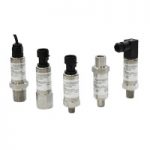
Have you ever wondered why there are a multitude of sensor output signals that can be configured on pressure, temperature, humidity, or gas sensing instrumentation used in process or HVAC applications? Most of these offerings were originally set up to allow sensor manufacturers to better align with the inputs offered by manufacturers of programmable logic controllers (PLCs) and direct digital controllers (DDCs), which are used for controlling processes for both automation and HVAC control.
I’d like to focus on two of the most commonly used output signals and zero in on the advantages and/ or disadvantages these output signals offer. Two of the most commonly used output signals include analog current, typically 4 to 20 mA, and analog voltage, typically 0-10 V. Continue reading “Understanding Sensor Output Signals”

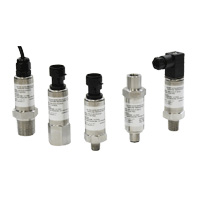
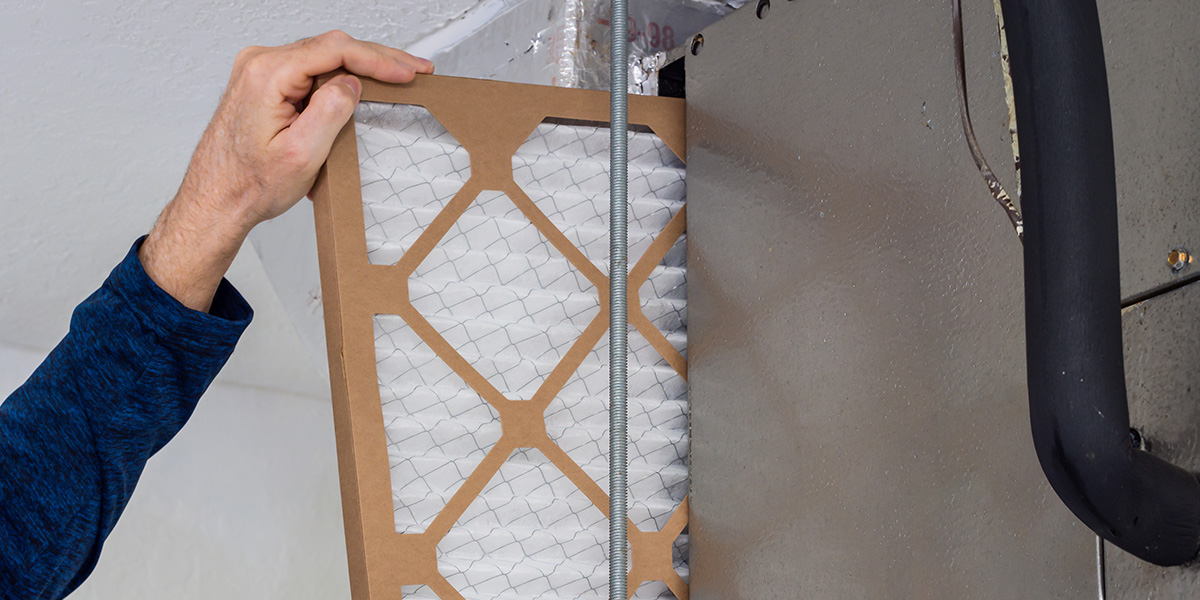
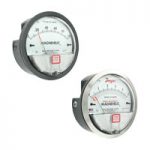

 The summer is always a busy time for our team, as we check and double check the formatting and information of our annual instrumentation catalog. Now that autumn is here, we’re proud to announce that the new Dwyer Catalog is now available!
The summer is always a busy time for our team, as we check and double check the formatting and information of our annual instrumentation catalog. Now that autumn is here, we’re proud to announce that the new Dwyer Catalog is now available! 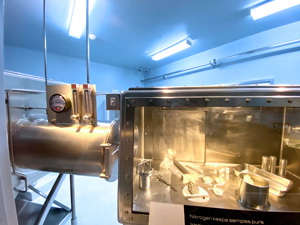

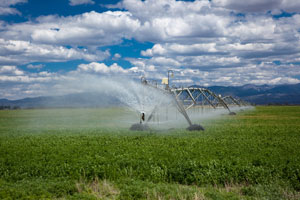
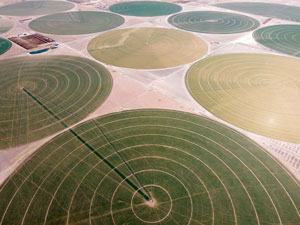 You arrive at a large field, small sprouts peeking out of the soil. At the center of the field lies a structure connected to a span of pipe from which sprinklers hang. Trusses brace and support its weight. From the air, this field would appear to be a perfectly circular patch of green.
You arrive at a large field, small sprouts peeking out of the soil. At the center of the field lies a structure connected to a span of pipe from which sprinklers hang. Trusses brace and support its weight. From the air, this field would appear to be a perfectly circular patch of green.